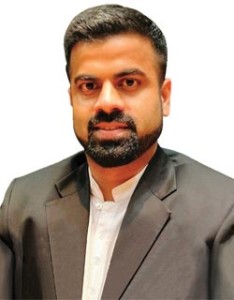Last year was full of ups and downs for India’s renewable energy industry. While 2018 started off with the first quarter witnessing a huge increase in installed capacity, especially in the solar power sector, there was an industry-wide fall in capacity addition as well as auctioned capacity from the second quarter onwards.
The success of the first quarter can be attributed to the several power projects that were in the pipeline in 2017 and were commissioned in early 2018.

Partner
HSA Advocates
The slowdown in the subsequent three quarters was due to a number of uncertainties surrounding the industry following various legislative changes and difficulties faced by original equipment manufacturers (OEMs) and developers.
You must be a
subscribersubscribersubscribersubscriber
to read this content, please
subscribesubscribesubscribesubscribe
today.
For group subscribers, please click here to access.
Interested in group subscription? Please contact us.
你需要登录去解锁本文内容。欢迎注册账号。如果想阅读月刊所有文章,欢迎成为我们的订阅会员成为我们的订阅会员。
Rahul Arora is a partner and Ruhani Khanna is an associate at HSA Advocates. HSA is a full service firm with offices in New Delhi, Mumbai, Bengaluru and Kolkata.
HSA Advocates
81/1, Adchini
Sri Aurobindo Marg
New Delhi – 110 017
India
Construction House 5/F Walchand Hirachand Marg
Ballard Estate
Mumbai – 400 001
India
Contact details
Tel: +91 11 6638 7000 Fax: +91 11 6638 7099
Tel: +91 22 4340 0400 Fax: +91 22 4340 0444
Email: mail@hsalegal.com
Website: www.hsalegal.com




























